With more than 543 million speakers in so many places, it’s no surprise that there’s more than one way to speak Spanish. My sister and I grew up in Los Angeles with parents who taught us Spanish words such as ¡che! (hey!), morfi (food), remera (t-shirt), quilombo (mess), and piba/e (girl, boy). Truly, Spanish has always been a part of my life but it took me till about the age of 11 or so to realize that I don’t just speak Spanish, I speak Argentinian Spanish.
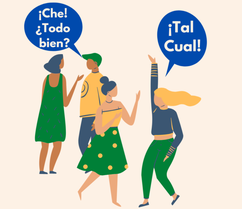
One day, it was my turn to read aloud from the textbook. Afterward, my teacher came to me and asked that I use a “neutral” accent when reading, since some of the students weren’t familiar with the “different accents in Spanish.”
It was the first time anyone told me my Spanish was different. I couldn’t understand why I had to change the way I spoke.
Ever since then, that interaction inspired me to pay closer attention to all things language-related. I have become motivated to learn new languages and explore linguistic diversity.
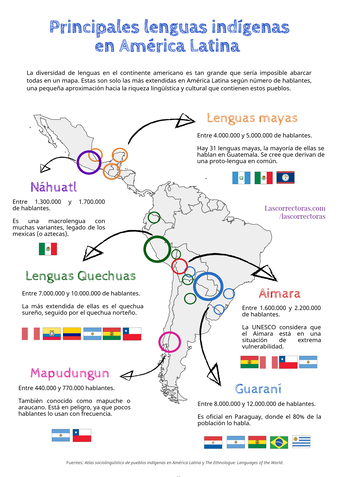
And it has amazed me to learn that, while Spanish’s historical link to Latin is well noted, its ongoing relationship with numerous Indigenous languages on different continents remains under-appreciated.
An official language in at least 21 countries, Spanish has developed numerous, unique varieties (dialects) across several parts of the globe. This wide diversity results from Spanish’s historical and ongoing contact with many other languages.
- So, if words of Latin origin only make up about 75% of all Spanish vocabulary, where do the rest of the words come from?
- And what are some of the languages that have influenced Spanish?
In honor of Hispanic Heritage Month and Native American Heritage Month, as well as Indigenous Peoples’ Day–and basically our collective survival of Pandemic Year 2021–I want to take you on a journey through a few of the languages that have, and continue to, transform Spanish. In this blog post, I describe how languages like Basque, Nahuatl, Quechua, Guaraní, and Fang have contributed to the development and expansion of Spanish(es).
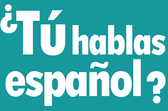
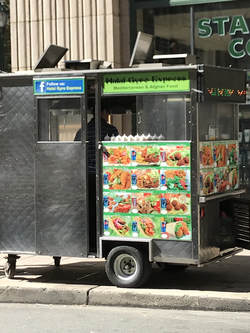
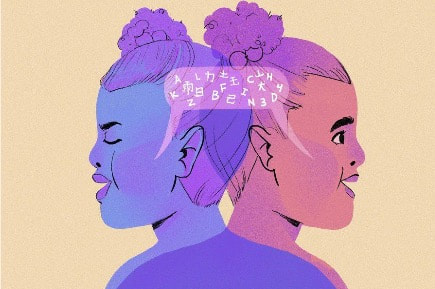
 RSS Feed
RSS Feed